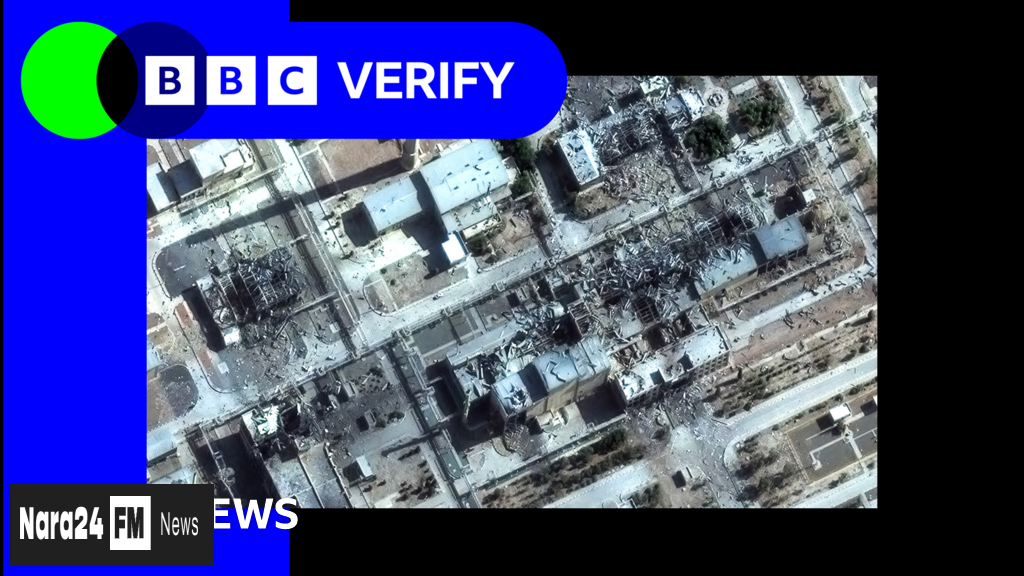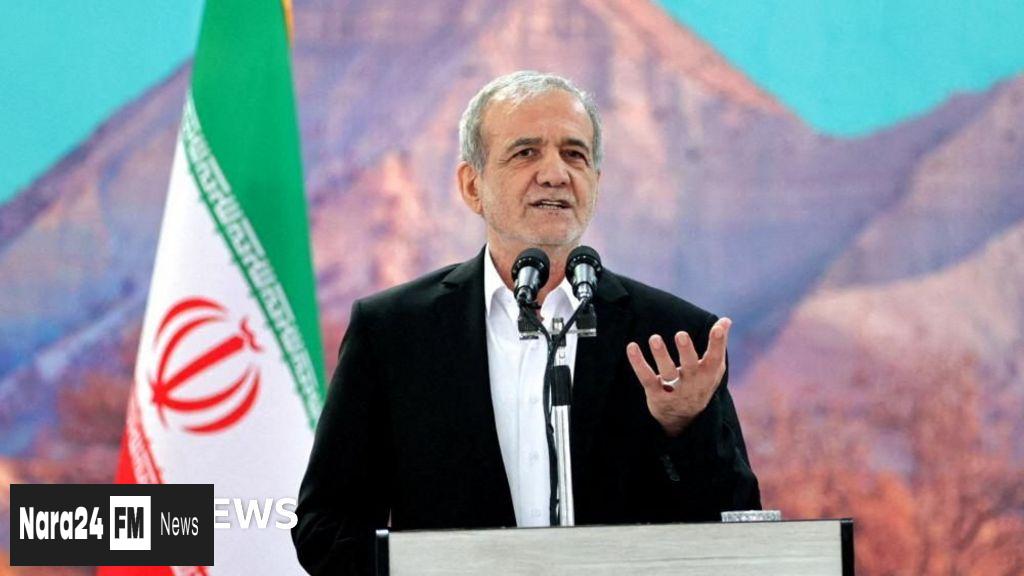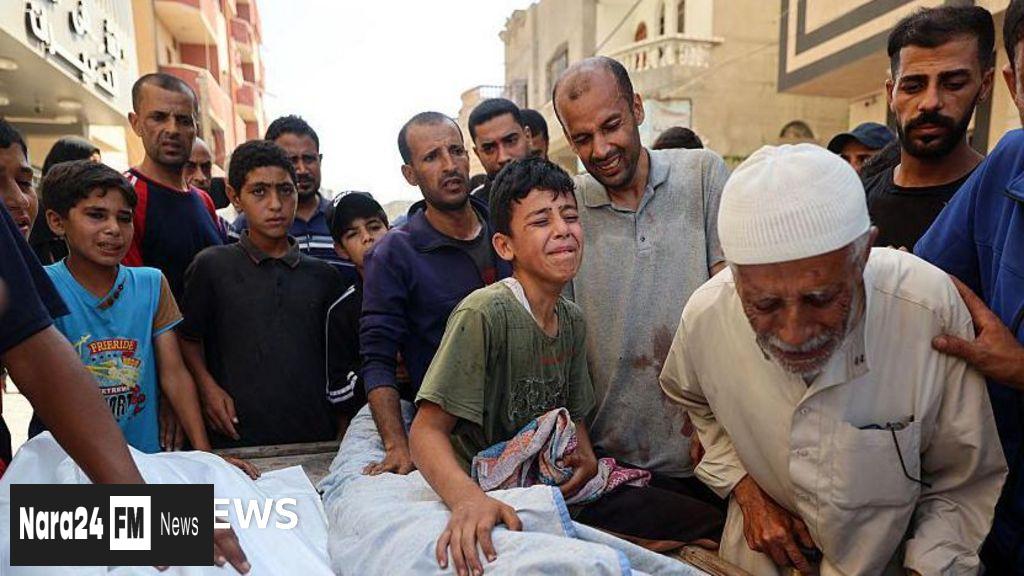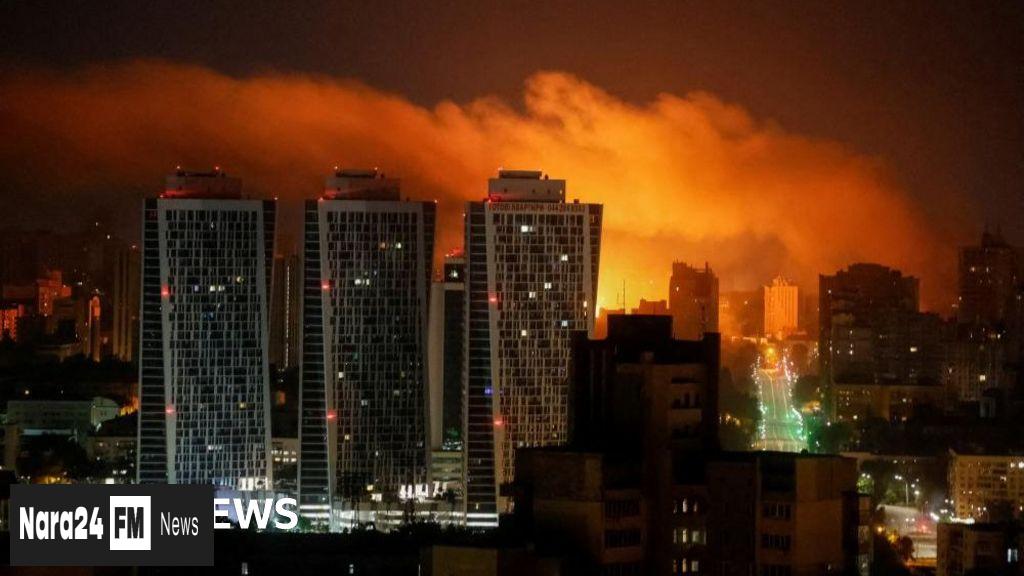In This Article
- New Satellite Evidence at Iran's Fordo Enrichment Facility
- US Bunker-Buster Strikes on June 22
- Israel's Attack on June 23
- Additional Damage at Isfahan Nuclear Technology Centre and Natanz Enrichment Complex
- US Secretary of State's Comments on the Strikes
- Analysts' Assessment of the Damage and Repairability
Key Takeaways
- New satellite imagery shows fresh signs of destruction at Iran's Fordo enrichment facility, Isfahan Nuclear Technology Centre, and Natanz enrichment complex, following recent strikes by Israel and the US.
- Israel and the US have targeted Iran's Fordo enrichment facility on June 23 and June 22 respectively, causing new craters and damaged buildings.
- The US Secretary of State Marco Rubio stated that the strikes have made these sites difficult to reach and repair due to significant damage.
- The volume of grey dust visible in some of the satellite images may indicate a high level of destruction beneath the surface.
- Experts believe it is unlikely that the significant damage at these sites will be repaired in the short term, if at all.
New satellite imagery has revealed fresh signs of destruction at several Iranian nuclear facilities, following the series of strikes by Israel and the US. The latest images, obtained by Maxar Technologies, show new craters and damaged buildings at Iran's underground Fordo enrichment facility, which was targeted by Israel on June 23, a day after the US dropped bunker-buster bombs on the site.
The Fordo facility, buried underground in a mountainside near Qom, was initially hit with US bunker-buster munitions on June 22, resulting in six large craters and grey dust scattered across the area. A day later, Israel targeted access routes to the facility. The attack was later confirmed by Iranian authorities.
High-resolution satellite images captured on June 24 show new craters and damaged buildings that were not visible in the aftermath of the US strikes. One new crater can be seen on an access road that leads to a tunnel entrance north-west of the facility. At least two craters are also visible near a tunnel opening at the southern edge of the complex. Maxar images also show a destroyed installation north of the facility, alongside air strike craters and grey dust in the same area.
Additional damage is also visible at the Isfahan Nuclear Technology Centre, Iran's largest nuclear research complex, and Natanz enrichment complex. US Secretary of State Marco Rubio defended the efficacy of the US strikes, stating, "You can't do a nuclear weapon without a conversion facility, yet we can't even find where it is, where it used to be on the map - because the whole thing is just blackened out... it's gone... wiped out."
Experts believe the strikes were intended to make these sites difficult to reach and repair. The volume of grey dust visible in some of the satellite images may be a sign of the level of destruction beneath the surface. Analysts believe significant damage is very unlikely to be repaired in the short term, if at all.








Comments (0)
Leave a Comment
Be the first to comment on this article!